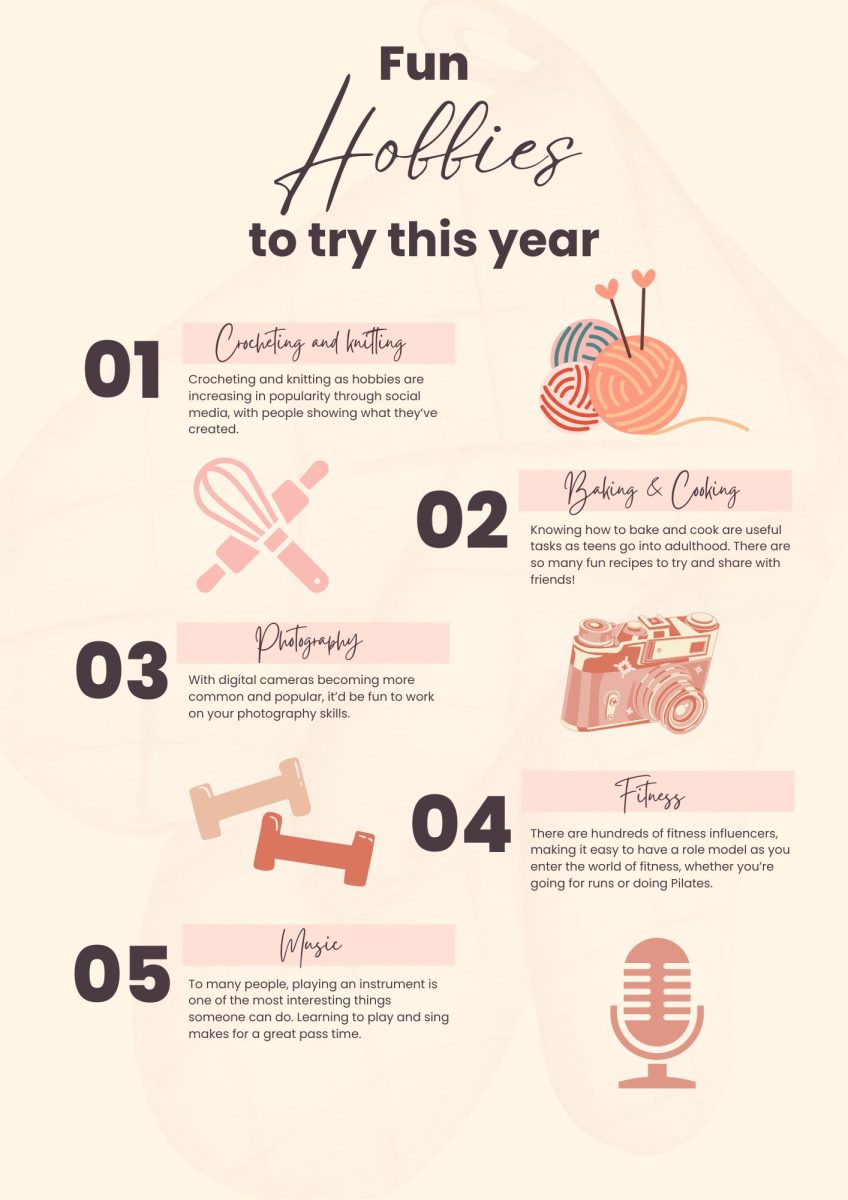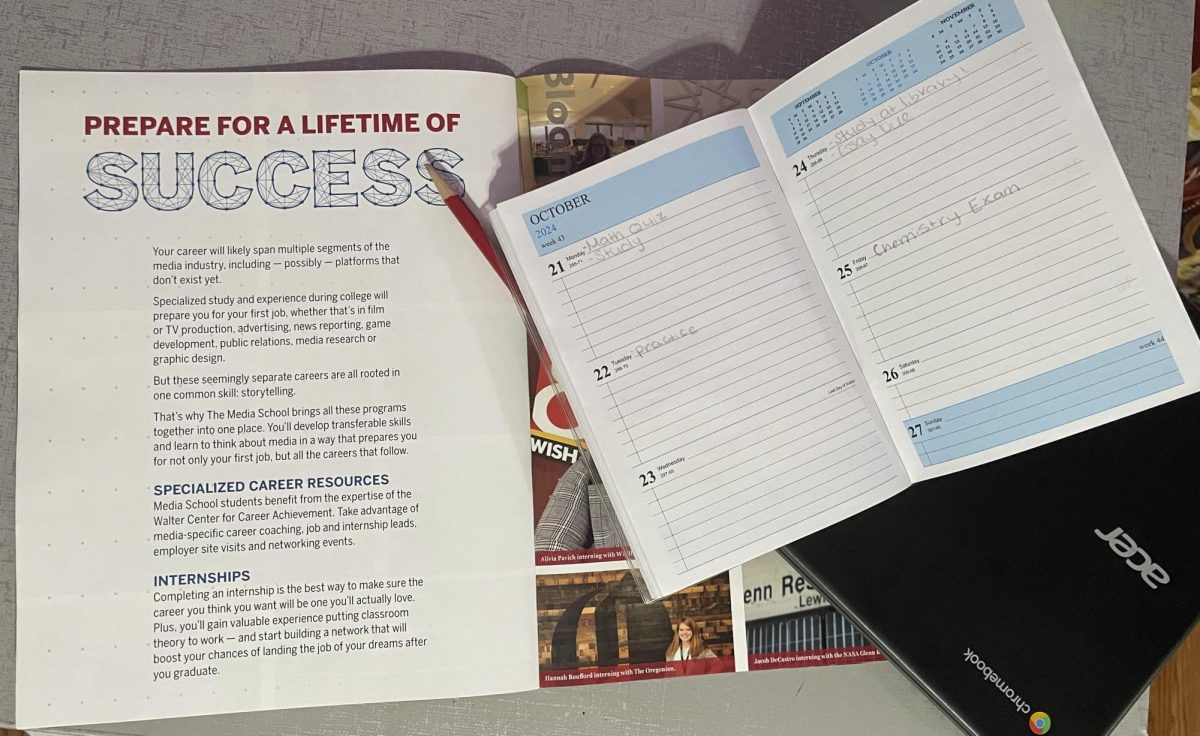By: Miranda Sell
Journalism I Student
Do-gooders lend a helping hand to the hungry, urge community to follow the lead
For the majority of us our daily fare consists of breakfast, lunch, and dinner. But what if your family could only afford to supply a couple insufficient meals a day?
This is the case for over one-fourth of Hoosier parents. According to a report released by the Food Research and Action Center, about 26% of Indiana households with children and 17% without children did not always have enough money to buy food in 2011.
Junior Mary Reising High says that the people who are visiting the soup kitchens she regularly volunteers at, St. Mark’s United Church of Christ and Silver Street United Methodist Church, are not who you would expect.
“Seeing the different kinds of people that attend soup kitchens, including some New Albany students that I recognize, is really eye-opening for me,” Reising said. “I never knew that so many people around me, even students at our school, were battling hunger.”
Reising said that she has grown up working soup kitchens with her parents, so it was just natural to continue the cycle of helping others once she became a teen.
“The best thing for me about soup kitchens is the ‘regulars’ who show up every time I work,” Reising said. “My best memories have come from getting to know these people. All of them are such grateful people, and they always take time to thank us personally for our time and work.”
There are several soup kitchens in the area, such as Dare to Care, Breaking New Grounds, and Neighborhood House.
“Soup kitchens are one of the best ways to give back to the community,” Reising said. “You can see the immediate results of your time and effort. I love that.”
This information may not be surprising, considering that Indiana was ranked 19th in the United States for food hardship, according to the Food Research and Action Center’s report.
With so many people in our community going hungry, there are plenty of organizations that have stepped up to the plate and found a way to give back to those who may not have any other options.
Leann Kemelgor, the Food Pantry supervisor at Northside Christian Church, says that her organization served 10,000 individuals and 3,000 families just last year. The Food Pantry is open every Monday and Tuesday and focuses on giving the hungry as much food as they possibly can – about 30 to 35 items per family. The organization receives donations from church members, local charities and shops such as Heavenly Glazed Donuts and Dare to Care.
“Most of the people who come to us are just trying to get out of the downward spiral,” Kemelgor said.
Kemelgor said the people who come to the Food Pantry are mostly hardworking people who work two low-paying jobs. These families come in once a month and receive their choice of canned goods, meat, dry goods, and fresh bread and vegetables. In addition to the “shopping trip”, the families are given books and toiletries such as toothbrushes, soap, deodorant, and toilet paper.
“A lot of people think that a hungry person is hungry because they are lazy,” Kemelgor said. “Many people don’t realize that the hungry and the poor are just people who are trying to make it.”
Carmen Huff, a former Floyd Central student, was a volunteer for In Heaven’s Eyes, a program that brings lunches to children in downtown New Albany.
“It always feels great to help other people,” Huff said. “Seeing people who are less fortunate always makes me even more grateful for what I have.”
Huff said that In Heaven’s Eyes volunteers meet at Holy Family church and then drive into mid-town to hand New Albany area children nutritious sack lunches.
“A child could take up to five bags,” Huff said. “The lady that was in charge told us that may have been the only meal they ate that day. She said it is the worst when they would run out of lunches and there would still be children waiting to get a lunch. Luckily that did not happen when I was there or I would have been a mess.”
As world hunger is an ever-prominent issue, it seems that local hunger has taken the back burner.
“When I would hear about hunger, I would think of places like Africa, which is true, but there are people going hungry in our own country and community,” Huff said. “That is some people’s lives, and it is important to be aware of that.”
With so many organizations giving their time, energy, and money to help the hungry there are many ways to get involved in food pantries like Kemelgor’s or soup kitchens such as where Reising volunteers.
“I encourage students to sign up and try soup kitchens out sometime; it doesn’t take much time out of your schedule but it’s such a humbling experience,” Reising said. “Also, most churches have soup kitchen teams, so asking to join a team at a local church is an easy way to get involved!”
Kemelgor has a similar proposal for people who may not have extra time, but a few extra coins.
“If everybody gave a can of soup or a can of fruit we could feed a lot of people,” Kemelgor said. “That could be any of us.”







